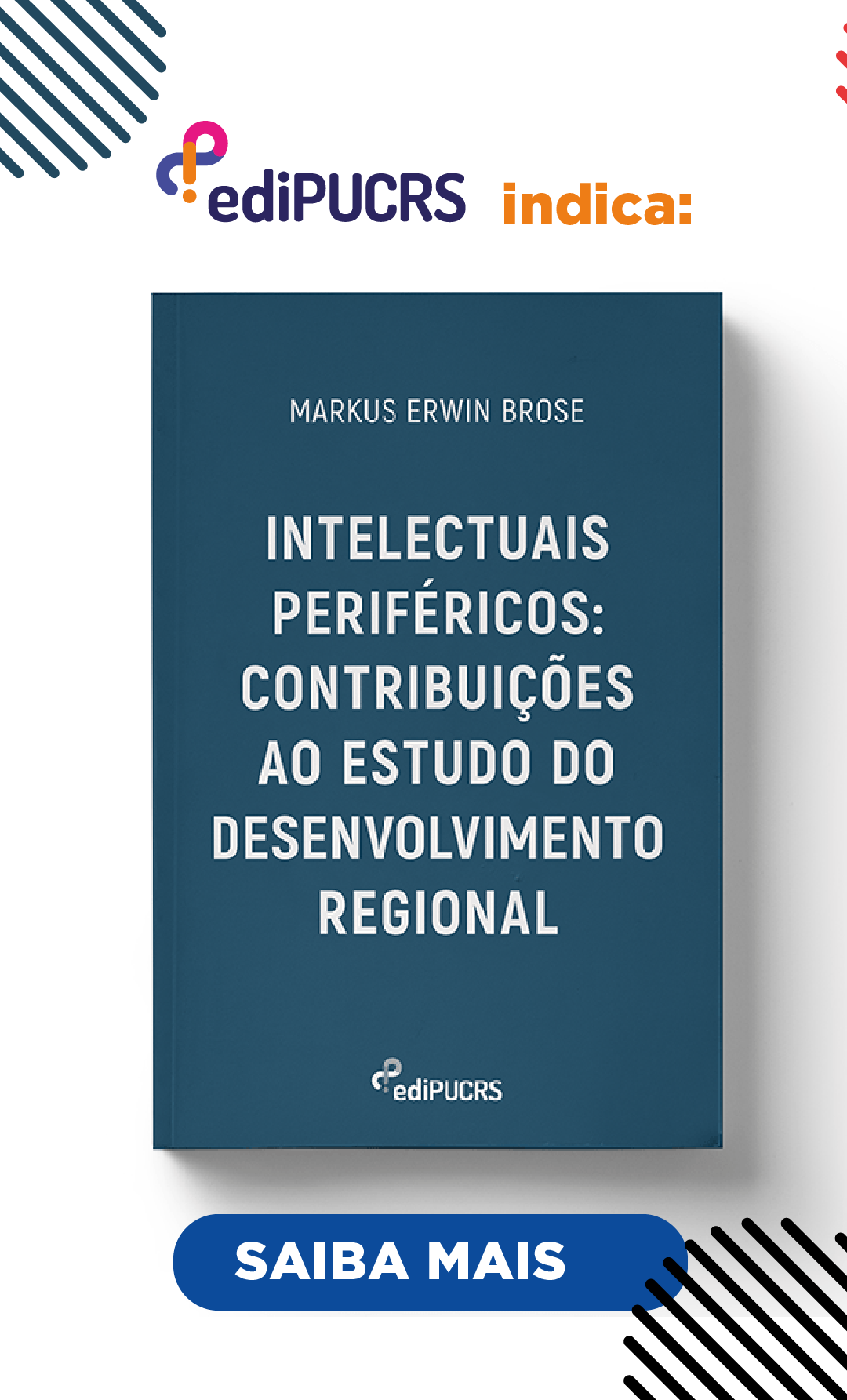Evolutionary ontology and biofile transformation of culture
DOI:
https://doi.org/10.15448/1984-7289.2019.2.31974Keywords:
Evolutionary ontology. Nature. Culture. Predatory spiritual paradigm. Biofile spiritual paradigm.Abstract
The author claims that two large transformations of the human adaptive strategy have occurred in the course of our species’ history: first, the self-preservation modification at the beginning of the anatomically modern humans’ origination; second, the spiritual abandonment of live nature two millennia before the end of the Neolithic culture. Moreover the third transformation, the shift from the predatory spiritual paradigm to the biofile paradigm, has to be undergone today. This transformation is specified with respect to the natural sciences and education system.
Downloads
References
BECK, Ulrich. World at risk. Cambridge: Polity Press, 2008.
CAPRA, Fritjof. The hidden connections. New Yok: Anchor Books, 2002.
DAWKINS, Richard. The selfish gene. Oxford: University Press 1989.
HAYEK, Friedrich A. Law, legislation and liberty. London: Routleget Kegan Paul Ltd., 2003.
JASPERS, Karl. Die geistige Situation der Zeit. Berlin: Walter De Gruyter, 1931.
KLEIN, Naomi. The shock doctrine: the rise of disaster capitalism. London: Penguin Books, 2008.
LATOUR, Bruno (ed.). Reset modernity! London: MIT Press, 2016.
MEADOWS, Dennis. The limits to growth. New York: Universe Books, 1972.
SPITZER, Manfred. Digitale Demenz. Wie wir uns und unsere Kinder um den Verstand bringen. Munchen: Droemer Velag, 2012
ŠMAJS, Josef. Evolutionary ontology. Reclaiming the value of nature by transforming culture. Amsterdam; New York: Rodopi, 2008a.
ŠMAJS, Josef. Filosofie: obrat k Zemi. Praha: Academia, 2008b.
ŠMAJS, Josef. Fenomén technika. Brno: Doplněk, 2016.
WILSON, Edward O. Consilience. The unity of knowledge. New York: Alfred A. Knopf, 1998.
Downloads
Published
How to Cite
Issue
Section
License
Copyright (c) 2019 Civitas – Journal of Social Sciences

This work is licensed under a Creative Commons Attribution 4.0 International License.
The submission of originals to this journal implies the transfer by the authors of the right for printed and digital publication. Authors retain copyright and grant the journal right of first publication. If the authors wish to include the same data into another publication, they must cite this journal as the site of original publication. As the journal is of open access, the articles are allowed for free use in scientific and educational applications, with citation of the source (please see the Creative Commons License at the bottom of this page).




